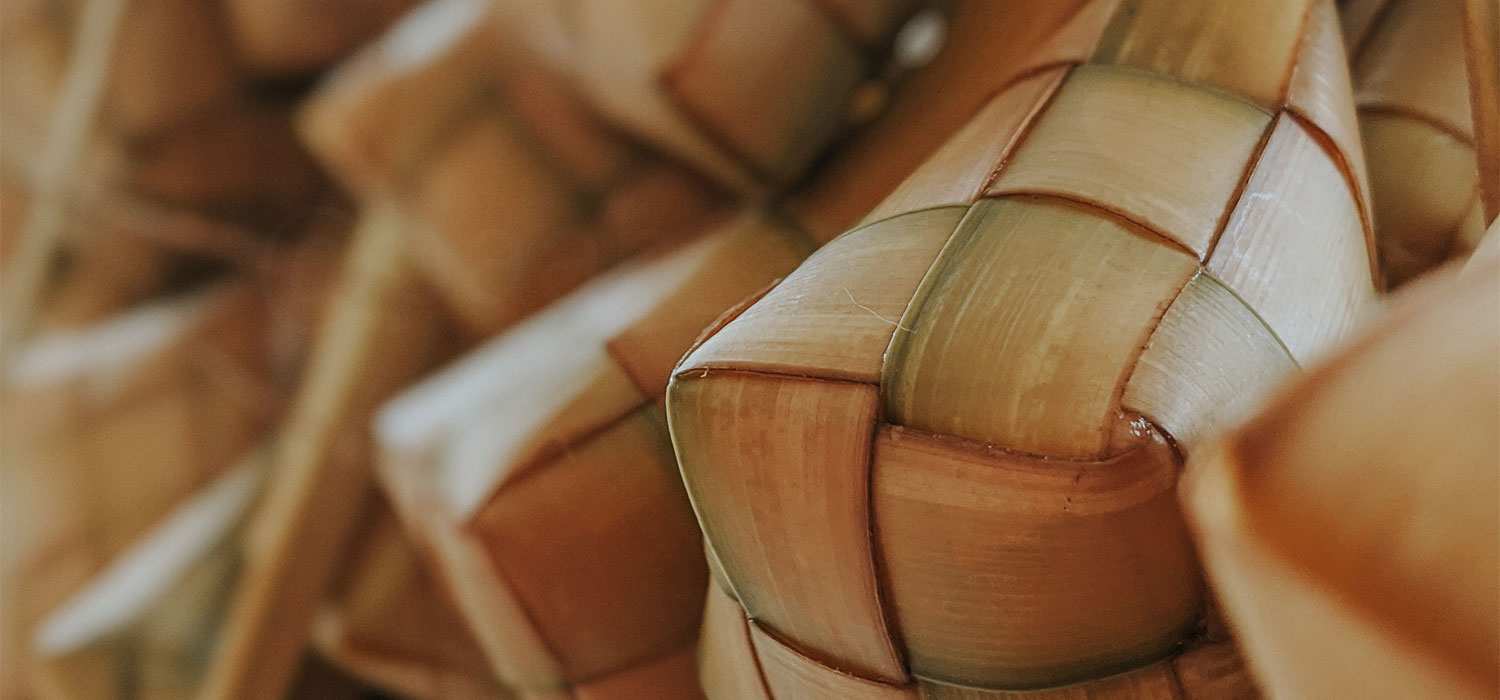What's the first Malay food that pops up in your mind when you think of Hari Raya? The ketupat of course. Served with the most scrumptious rendang and some tasty kuah kacang, it won't be Raya without it. But, did you know that rendang can also be served with nasi impit or lontong? They're different? Yes, indeed.
KETUPAT
There are 2 varieties of the ketupat - the ketupat nasi (made with plain rice) and the ketupat daun palas (made with glutinous rice). When making the ketupat, firstly, a diamond-shaped container is weaved out of palm leaf. Then, rice grains are poured into a small opening. After the container is filled, it is sealed and boiled in water until cooked. Weaving ketupat casings is a skill learned from past generations. The ketupat is usually served alongside rendang and kuah kacang or even satay.
LEMANG
Lemang, cooked in a hollow bamboo stem is made using glutinous rice mixed with coconut milk. It requires some skills to prepare the lemang as the person making it has to ensure that the right amount of rice is placed inside the bamboo stem in order for it to not over spill when the rice is cooked and starts expanding. As the lemang is roasted over the fire for the next couple of hours, the bamboo stem has to be rotated frequently to ensure that the filling is evenly cooked. When ready, the bamboo is split open and the lemang is served with rendang or serunding.
NASI IMPIT
Nasi Impit is like a short cut to making ketupat - especially for those in this modern age who are not skilled in making the ketupat casings. When making Nasi Impit, the rice is cooked with salt and pandan leaves in a cooker. Once the rice is cooked, it is mashed with a potato masher or a fork and transferred into a rectangular dish. A heavy pan is placed on top of the mashed rice to compress it. It is then kept overnight and cut into cubes before serving.
